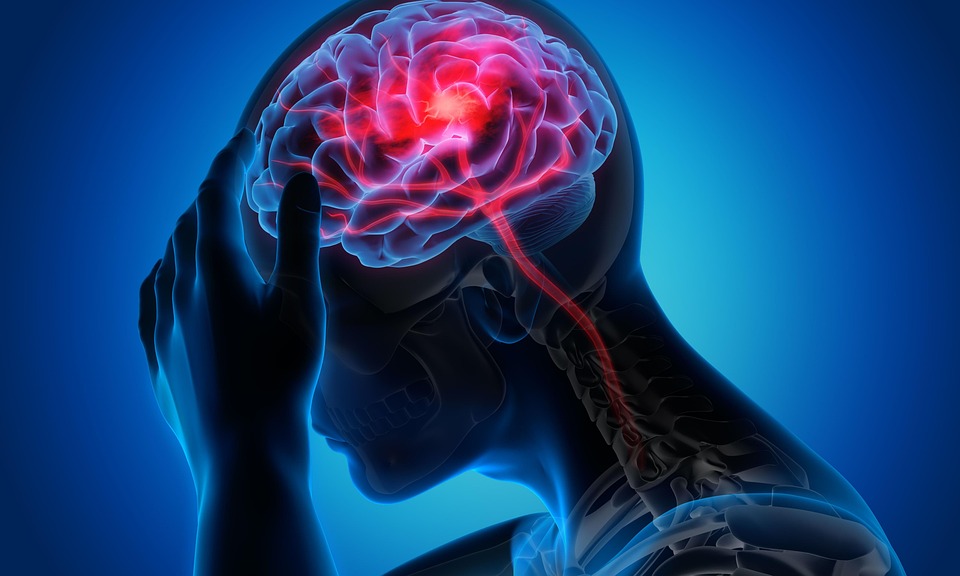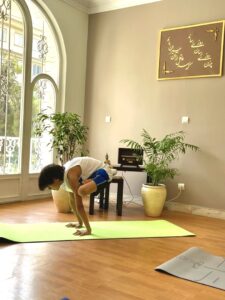
Migraines are more than just severe headaches; they can be debilitating and disruptive to daily life. With symptoms ranging from intense pain to nausea and sensitivity to light, many individuals seek effective ways to manage and alleviate these symptoms. Among various holistic approaches, yoga stands out as a beneficial practice to help mitigate migraine pain. This article explores specific yoga techniques that can support migraine sufferers in finding relief and improving their quality of life.
Understanding Migraine and Its Triggers
Before diving into the yoga techniques, it is vital to understand what migraines are and what triggers them. Migraines are neurological conditions characterized by recurrent headaches that can last from a few hours to several days. Common triggers include stress, hormonal changes, certain foods, dehydration, and irregular sleep patterns. Recognizing these triggers can help in managing and potentially reducing the frequency and intensity of migraine attacks.
The Benefits of Yoga for Migraine Relief
Yoga is an ancient practice that combines physical postures, breath control, meditation, and ethical principles to promote holistic well-being. For migraine sufferers, yoga offers several benefits:
- Stress Reduction: Yoga helps in reducing stress, which is a common trigger for migraines.
- Improved Blood Circulation: Certain yoga postures enhance blood flow, which can alleviate migraine symptoms.
- Relaxation and Tension Release: Yoga promotes relaxation and releases tension in the neck, shoulders, and head.
- Regulated Breathing: Pranayama, or breath control, can help in calming the nervous system.
Yoga Techniques for Migraine Relief
1. Child’s Pose (Balasana)
One of the most relaxing poses in yoga, Child’s Pose, helps in releasing tension in the back, neck, and shoulders. It also promotes a calming effect on the mind, making it an excellent starting point for migraine relief.
How to Perform:
- Start by kneeling on the floor, sitting back on your heels.
- Extend your arms forward and lower your torso, resting your forehead on the mat.
- Hold the position for 3-5 minutes, breathing deeply.
2. Cat-Cow Pose (Marjaryasana-Bitilasana)
This dynamic stretch helps in easing tension in the spine and neck, which can be beneficial for migraine sufferers.
How to Perform:
- Begin on your hands and knees in a tabletop position.
- Inhale as you arch your back (Cow Pose), lifting your head and tailbone towards the ceiling.
- Exhale as you round your spine (Cat Pose), tucking your chin to your chest.
- Repeat for 1-2 minutes, syncing your movement with your breath.
3. Forward Bend (Uttanasana)
Forward bending poses increase blood flow to the brain, which can help in alleviating migraine symptoms.
How to Perform:
- Stand with your feet hip-width apart.
- Exhale and bend forward from the hips, allowing your head to hang.
- Keep your knees slightly bent if necessary to avoid strain.
- Hold for 1-3 minutes, breathing deeply.
4. Legs Up the Wall Pose (Viparita Karani)
This restorative pose is excellent for relaxation and improving circulation. It can be particularly soothing during a migraine attack.
How to Perform:
- Sit with one hip against the wall, then lie back and swing your legs up the wall.
- Adjust your position so that your legs are comfortably resting on the wall.
- Relax your arms at your sides and close your eyes.
- Hold for 5-10 minutes, focusing on your breath.
5. Corpse Pose (Savasana)
Often used as the final relaxation pose, Savasana is crucial for calming the mind and body, reducing stress, and promoting overall relaxation.
How to Perform:
- Lie flat on your back with your legs comfortably apart and arms at your sides, palms facing up.
- Close your eyes and breathe naturally, releasing all tension.
- Stay in the pose for 5-10 minutes, focusing on each breath.
Incorporating Pranayama for Migraine Relief
Pranayama, or breath control, plays a significant role in managing migraines. The following techniques are particularly effective:
1. Alternate Nostril Breathing (Nadi Shodhana)
This pranayama technique balances the two hemispheres of the brain and calms the mind.
How to Perform:
- Sit comfortably with your spine straight.
- Use your right thumb to close your right nostril and inhale through the left nostril.
- Close the left nostril with your ring finger and exhale through the right nostril.
- Inhale through the right nostril, then close it and exhale through the left nostril.
- Repeat for 5-10 cycles.
2. Deep Breathing (Dirga Pranayama)
This technique involves deep, mindful breathing that can help in reducing stress and tension.
How to Perform:
- Sit or lie down comfortably.
- Inhale deeply through your nose, filling your lungs completely.
- Exhale slowly and completely through your nose.
- Focus on the rhythm of your breath, continuing for 5-10 minutes.
Conclusion
While migraines can be challenging to manage, yoga offers a natural and effective way to alleviate pain and reduce the frequency of attacks. By incorporating specific yoga postures and pranayama techniques into your daily routine, you can experience relief from migraine symptoms and enhance your overall well-being. As with any health-related practice, it is essential to listen to your body and consult with a healthcare professional, especially if you are new to yoga or experiencing severe migraine symptoms.
Additional Tips for Migraine Management
Besides yoga, consider these additional lifestyle changes to help manage migraines:
- Stay Hydrated: Ensure adequate water intake to prevent dehydration, a common migraine trigger.
- Maintain a Regular Sleep Schedule: Consistent sleep patterns can help in reducing migraine frequency.
- Monitor Dietary Triggers: Keep a food diary to identify and avoid foods that trigger migraines.
- Practice Mindfulness and Meditation: These practices complement yoga and further reduce stress.
By embracing a holistic approach that includes yoga, lifestyle changes, and mindfulness practices, you can take significant steps towards managing migraines and improving your quality of life.
#ChatGPT assisted in the creation of this article.





